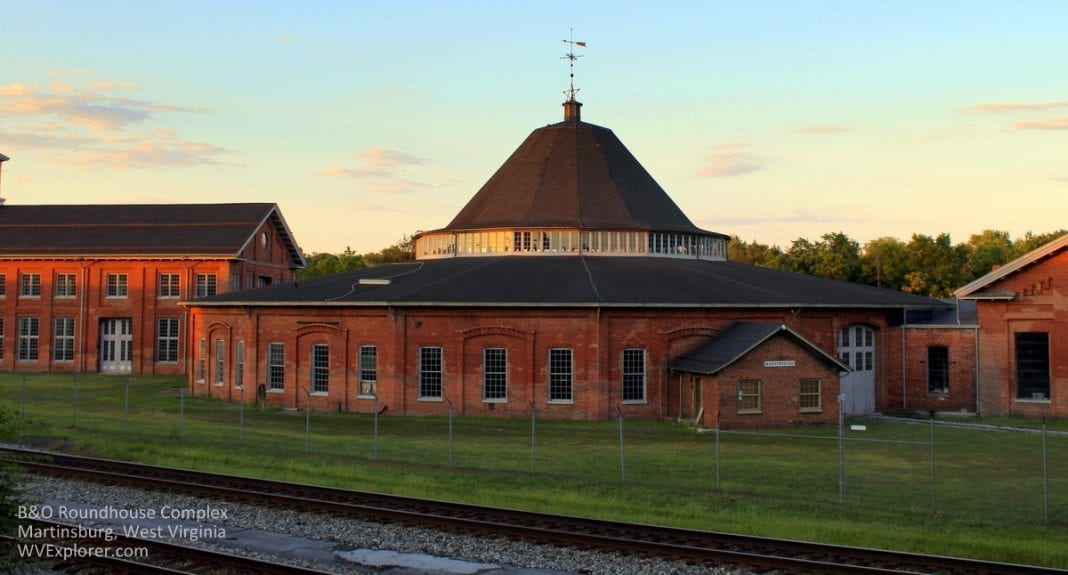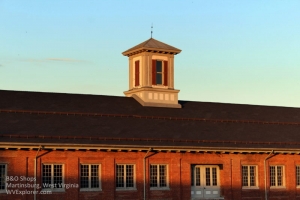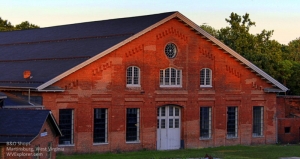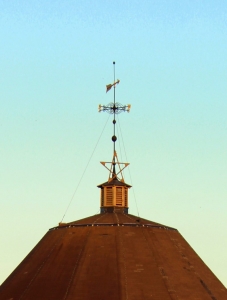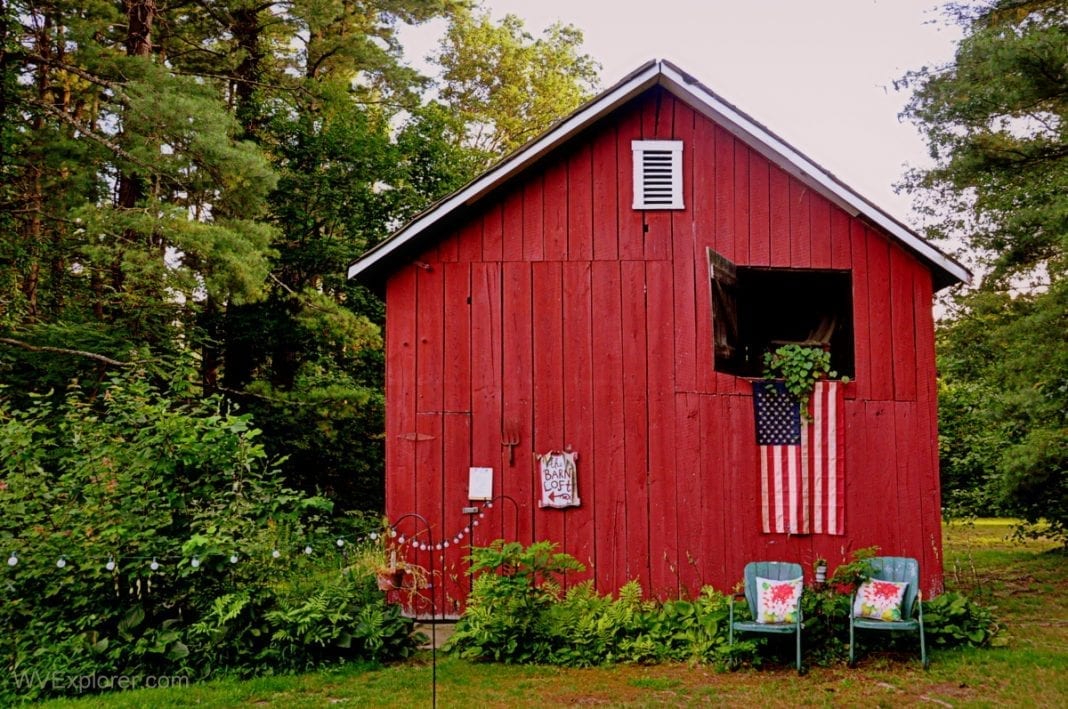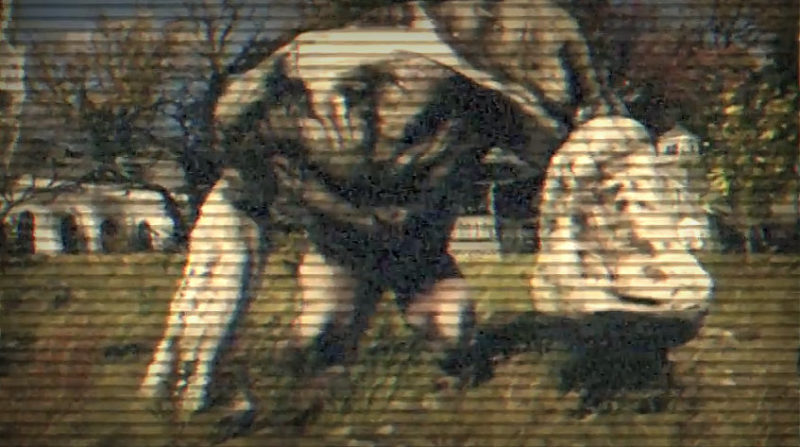Widely considered one of the most important railroading landmarks in the U.S., the Baltimore & Ohio Railroad complex at Martinsburg exemplifies the form-follows-function principal of building design. It's beautiful, and it's practical.
In my opinion, it's also one of the most stupendous buildings in the world. According to Mark Jordan, executive director of the Berkeley County Convention & Visitors Bureau, I'm not the only one who thinks so.
Railroading fans sit outside the building even when it's not open, he says, eager for trains to roll by, waiting to capture on camera the ideal image of locomotion with the building's ruddy brick facade as a backdrop.
"It's a huge draw," he says. "People come to Martinsburg just to see it — because it's the only building like it left in the world."
The building attracts students of architecture and Civil War history as well as the romantically inclined who may rent the buildings with their soaring interiors for weddings. The landmark is an ideal venue for impressive affairs.
Though its domed roundhouse and many-windowed walls are aesthetically impressive, these features were determined not by stylistic antecedents but by the function of buildings in which many engines could be repaired.
The need for good lighting, for instance, led its designers to incorporate many windows, and though the cadence of windows throughout the complex is impressive, these patterns were controlled by the allowances of brick and ironwork construction — not by the popularity of an established architectural motif.
Notably, all principal buildings in the complex employ wrought-iron framing, allowing their interiors to soar above the engines, tracks, and hoists. Though already common in Europe, the use of wrought iron in railroad construction was pioneered here in the U.S. by the B&O, which is often referred to as “America’s First Railroad” and “America’s Railroad University.”
Historian Michael Caplinger noted this in 2003 when nominating the landmark to the National Register of Historic Places.
“By 1850, American and European engineers viewed the B&O as one of the world’s foremost ‘case studies’ for railroad construction,” Caplinger stressed. “Most relevant to this nomination, in the 1850s and 1860s the B&O was in the forefront of using cast and wrought iron for bridges, trestles, roof systems, tunnel linings, and...roundhouse framing.”
The three buildings in the complex were built in 1866, just after the close of the Civil War and replaced an earlier complex razed by General Stonewall Jackson during the conflict.
The B&O had been established at Baltimore, Maryland, in 1828 and reached the Ohio River at Wheeling in 1852. In all respects, the endeavor was revolutionary, pushing the limits of construction technology as it conquered the Appalachian Mountains between the Ohio and Atlantic seaboard.
Tours of the complex interior are provided April through October at $5 per adult on Saturday from 10 a.m. until 4 p.m. and may be arranged by calling the Martinsburg Roundhouse at 304-260-4141.
A former historic hotel and passenger station adjacent to the roundhouse has been re-imagined as the Caperton Transportation Center and includes exhibit space, a children’s museum, and an Amtrak passenger station. A bridge from the center to the complex spans the railway and provides access to the complex.
The site and adjacent Caperton center are located off Spring Street, a two-block walk from Queen Street, which is the principal north-south thoroughfare through Martinsburg’s downtown historic district.
The complex is a drive of approximately five minutes from I-81 at the King Street exit. From the exit, drive east on King Street to Queen Street. Turn left at signaled intersection onto Queen and then right at the next traffic signal onto West Martin Street.
For more information on the roundhouse and Martinsburg, contact the Berkeley County Convention & Visitors Bureau.
Sign up to receive a FREE copy of West Virginia Explorer Magazine in your email weekly. Sign me up!
